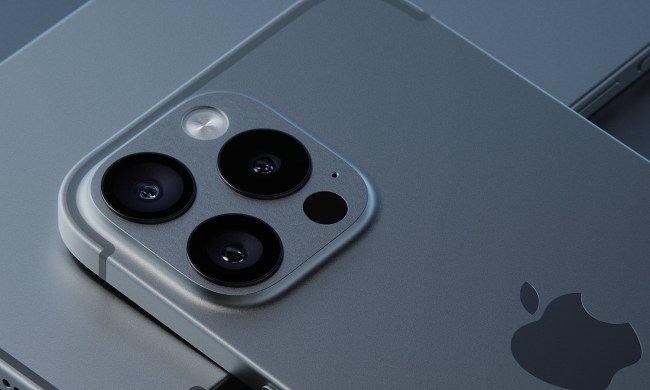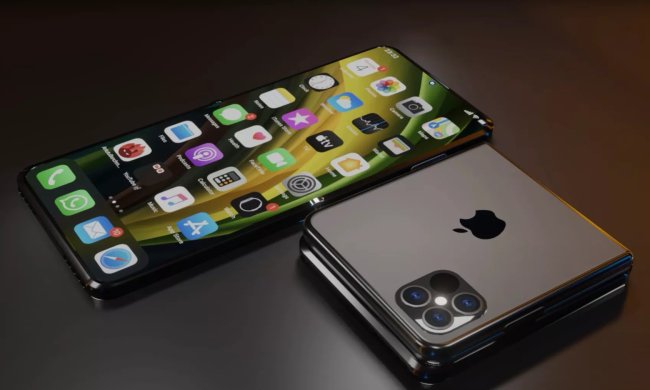Over a decade ago, prepaid phone service was something I used out of necessity. I was switching between phones frequently, and back then that often necessitated moving carriers. So, swapping around between prepaid companies that operated on T-Mobile, AT&T, Verizon, and Sprint to make sure I had the service to match the latest phone was important. It was also incredibly cheap — both in cost and quality of service.
In the intervening years, I grew up. I got “normal” postpaid phone service like most people, and stuck with one carrier for years at a time. Unlocked phones started supporting most carriers, and it became crucial for me to have top-tier service as I spent time in congested cities around the U.S. and roamed internationally for several weeks a year.
But in the last couple of years, prepaid service has picked up steam again as people once again realize postpaid carrier plans are incredibly expensive. And in 2020, our needs have changed. People just haven’t had to rely on mobile data as much. And critically for me, I haven’t needed international data roaming. So, I went back to prepaid.

Needs, quality have changed
I’ve had a Google Fi account since 2015, back when it was invite-only Project Fi. I was also a T-Mobile customer for several years, even overlapping with my time on Fi. I used both because of their simple customer experience, broad device compatibility, and excellent international data policies. With both carriers, I could fly anywhere in the world, take my phone off of airplane mode, and have it working as if I had a local SIM.
If I’m not traveling, why do I need to keep paying $60 to 80 per month for phone service?
In 2020, and likely well into 2021, I have no such requirement. If I’m not traveling, why do I need to keep paying $60 to 80 per month for service? For some thinly veiled hope that I’d be traveling again in the near future? No, that’s not a reason to keep paying more today. Due to my simpler overall service needs this year — I’m traveling domestically far less and relying less on my phone for hot-spotting — I decided to stop overpaying for cell service (again) and switch to a prepaid plan.

Unlike the “good ol’ days” when I was using prepaid service in 2008, prepaid nowadays isn’t just fly-by-night companies offering burner phones at the 7-Eleven or Walmart checkout stand. Prepaid service is good, but it’s still very competitively priced. If you’re willing to make a short-term commitment to a few months of service at a time, paid upfront, you’re looking at unlimited data plans for $30 to40 per month. You get full-speed data, nationwide coverage, and simple billing with no extra fees — and, yes, you even get 5G. All on the same network you’re using now.
You’re just losing all of the “extras” you get — and probably don’t use, especially right now — with Verizon, AT&T or T-Mobile. No international roaming, no in-store customer service, and no simple zero-interest phone financing plans. No hand-holding. But also, bills that are half, or less, than what you’re paying now. That’s exactly what we need right now — and when things are back to normal, and we’re back to relying on our mobile data and international roaming, it’s dead simple to go right back to postpaid.
Switch to prepaid, save money, and switch back in several months when you need more.
Simple process
We need to remember that it’s dead simple to switch between carriers. At least, if you only have one (or perhaps two) lines. I switched my phone number from T-Mobile to Google Fi in a matter of minutes. I did the same switching from Google Fi to Mint Mobile. And you know what? It will take me mere minutes to switch back to either one if I want to in the future. With at least three days’ notice of an international trip, I can have a new Google Fi SIM mailed to my house, my number will be switched over in a few minutes again, and I’ll be ready to fly.
Mint Mobile is the prepaid carrier I chose because it has a good reputation for solid service and a simple billing system, plus exceptionally good prices. But it’s one of dozens of choices out there. There are many independent names like Mint, Visible, Ultra Mobile, and Straight Talk — and cable companies like Xfinity and Spectrum have jumped into the game. too. But the little secret to learn is that most of the prepaid services are actually run by the big-three carriers. Metro is T-Mobile, Cricket is AT&T, and Verizon offers a self-branded prepaid service.



